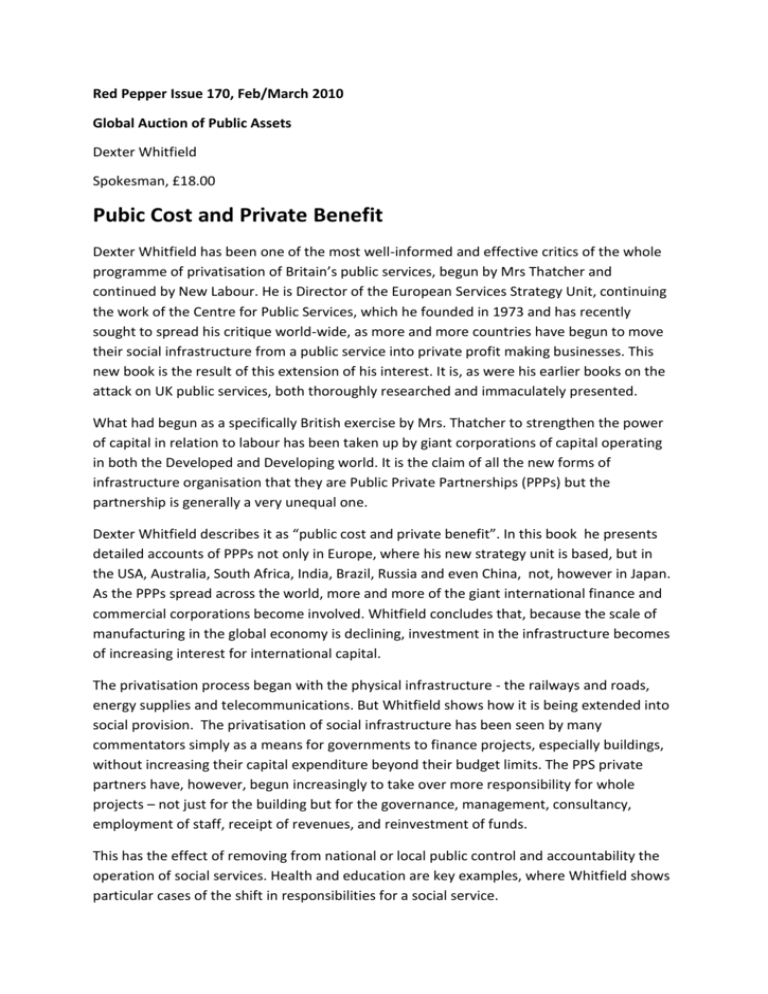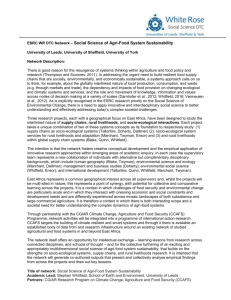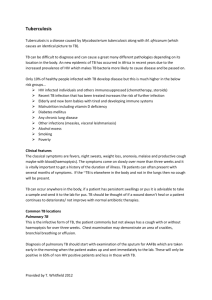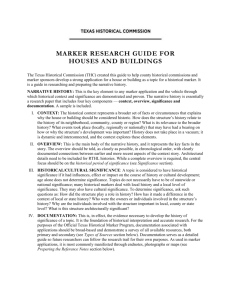Red Pepper Issue 170, Feb/March 2010 Global Auction of Public
advertisement

Red Pepper Issue 170, Feb/March 2010 Global Auction of Public Assets Dexter Whitfield Spokesman, £18.00 Pubic Cost and Private Benefit Dexter Whitfield has been one of the most well-informed and effective critics of the whole programme of privatisation of Britain’s public services, begun by Mrs Thatcher and continued by New Labour. He is Director of the European Services Strategy Unit, continuing the work of the Centre for Public Services, which he founded in 1973 and has recently sought to spread his critique world-wide, as more and more countries have begun to move their social infrastructure from a public service into private profit making businesses. This new book is the result of this extension of his interest. It is, as were his earlier books on the attack on UK public services, both thoroughly researched and immaculately presented. What had begun as a specifically British exercise by Mrs. Thatcher to strengthen the power of capital in relation to labour has been taken up by giant corporations of capital operating in both the Developed and Developing world. It is the claim of all the new forms of infrastructure organisation that they are Public Private Partnerships (PPPs) but the partnership is generally a very unequal one. Dexter Whitfield describes it as “public cost and private benefit”. In this book he presents detailed accounts of PPPs not only in Europe, where his new strategy unit is based, but in the USA, Australia, South Africa, India, Brazil, Russia and even China, not, however in Japan. As the PPPs spread across the world, more and more of the giant international finance and commercial corporations become involved. Whitfield concludes that, because the scale of manufacturing in the global economy is declining, investment in the infrastructure becomes of increasing interest for international capital. The privatisation process began with the physical infrastructure - the railways and roads, energy supplies and telecommunications. But Whitfield shows how it is being extended into social provision. The privatisation of social infrastructure has been seen by many commentators simply as a means for governments to finance projects, especially buildings, without increasing their capital expenditure beyond their budget limits. The PPS private partners have, however, begun increasingly to take over more responsibility for whole projects – not just for the building but for the governance, management, consultancy, employment of staff, receipt of revenues, and reinvestment of funds. This has the effect of removing from national or local public control and accountability the operation of social services. Health and education are key examples, where Whitfield shows particular cases of the shift in responsibilities for a social service. The analysis in this book is closely related to the latest developments in world-wide financial crisis and in governments’ responses to the dangers of climate change. Whitfield is able to show the extent to which the private ownership of public assets and the income streams flowing from them are used by financial institutions as leverage for further profitable lending. The state guarantees that are generally present in social infrastructure provide a base for private speculative activity in what has become a casino of public finances. At the same time, the effects of climate change are demanding from governments increasing expenditure on national infrastructure to provide protection against rising sea levels, more and more damaging storms , heavier rainfall in some areas, drought in others. Extended investment to meet these demands cannot be left to a casino. The arguments used against public provision of services which have regularly been employed in favour of privatisation are shown by Whitfield to be largely spurious. The chief of these is that the costs in the public sector are higher than in private provision. Whitfield shows that this is manifestly untrue when all costs incurred in the long-run are taken into account. It is also said that public projects frequently over-run their budget in time and cost. Whitfield shows that such claims are seriously flawed and cannot always be checked because so-called commercial secrecy can be invoked by private suppliers to prevent publication. Finally, there is an argument about innovatory design and managerial efficiency, which is said to favour privatisation. This can be easily refuted by the large number of PPP projects that Whitfield lists as abandoned, distressed or failed. It is a pretty well unanswerable case that Whitfield mounts in defence of the public sector, and well worth quoting for its wide-ranging assembly of the evidence. MIchael Barratt Brown


















